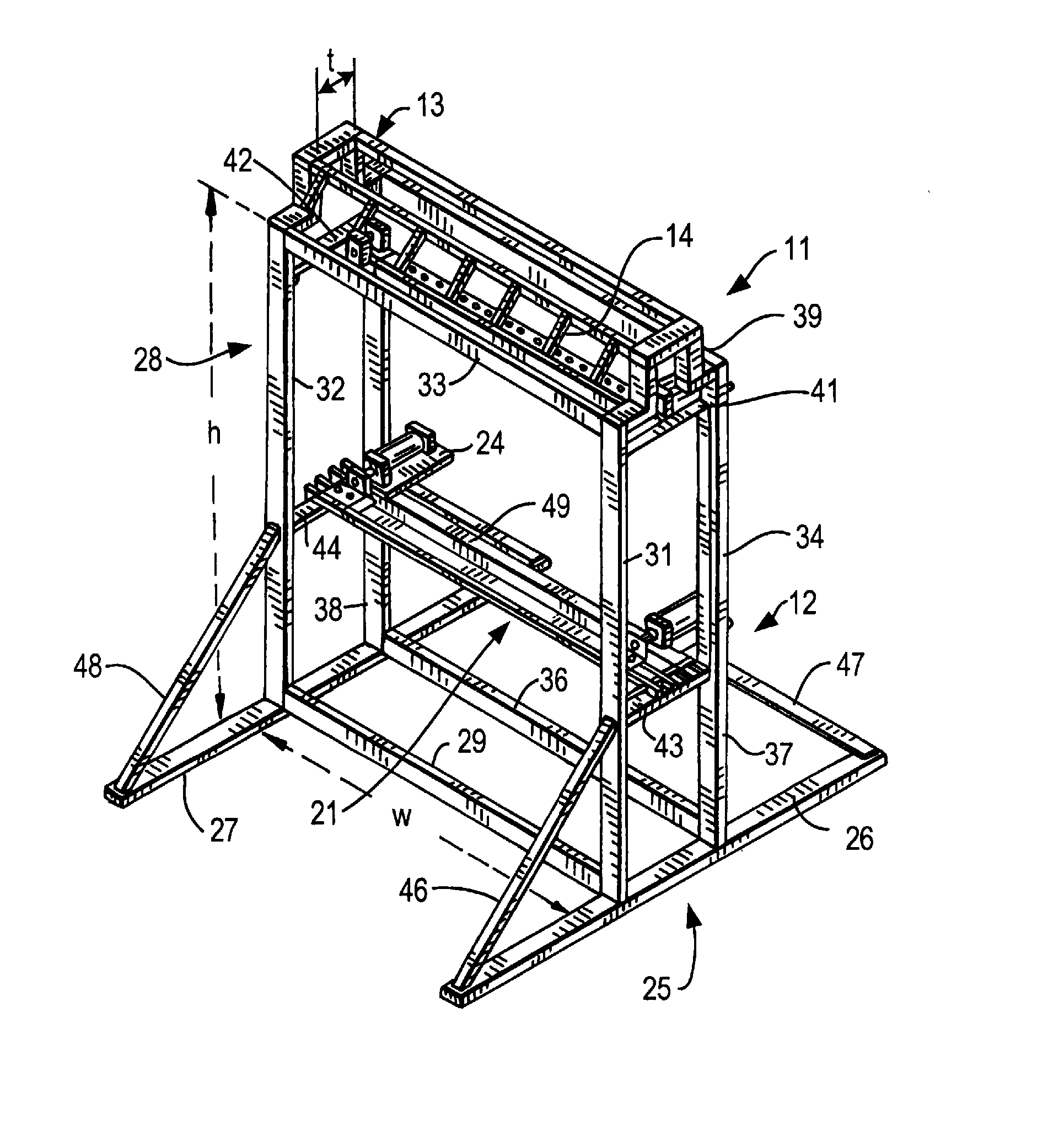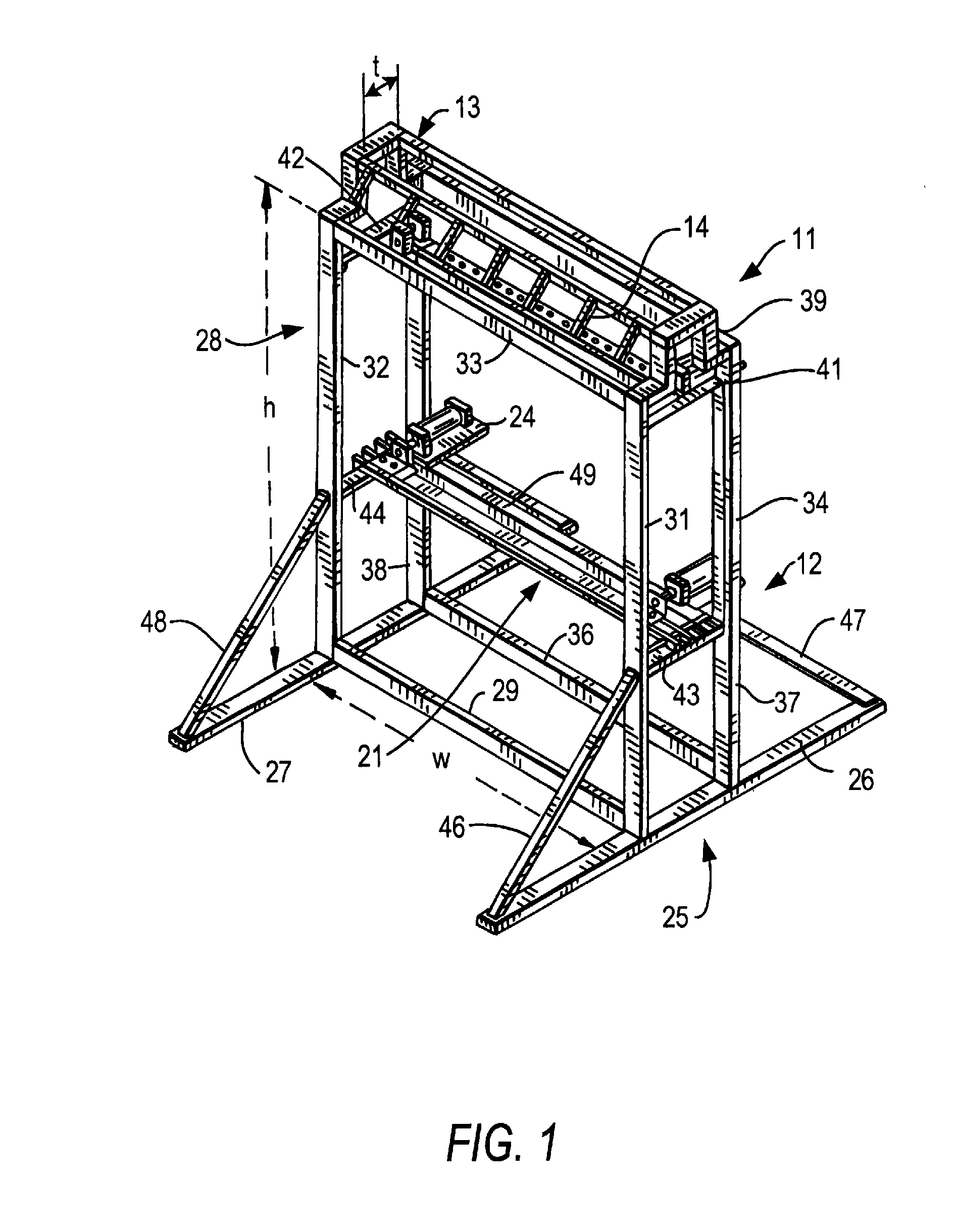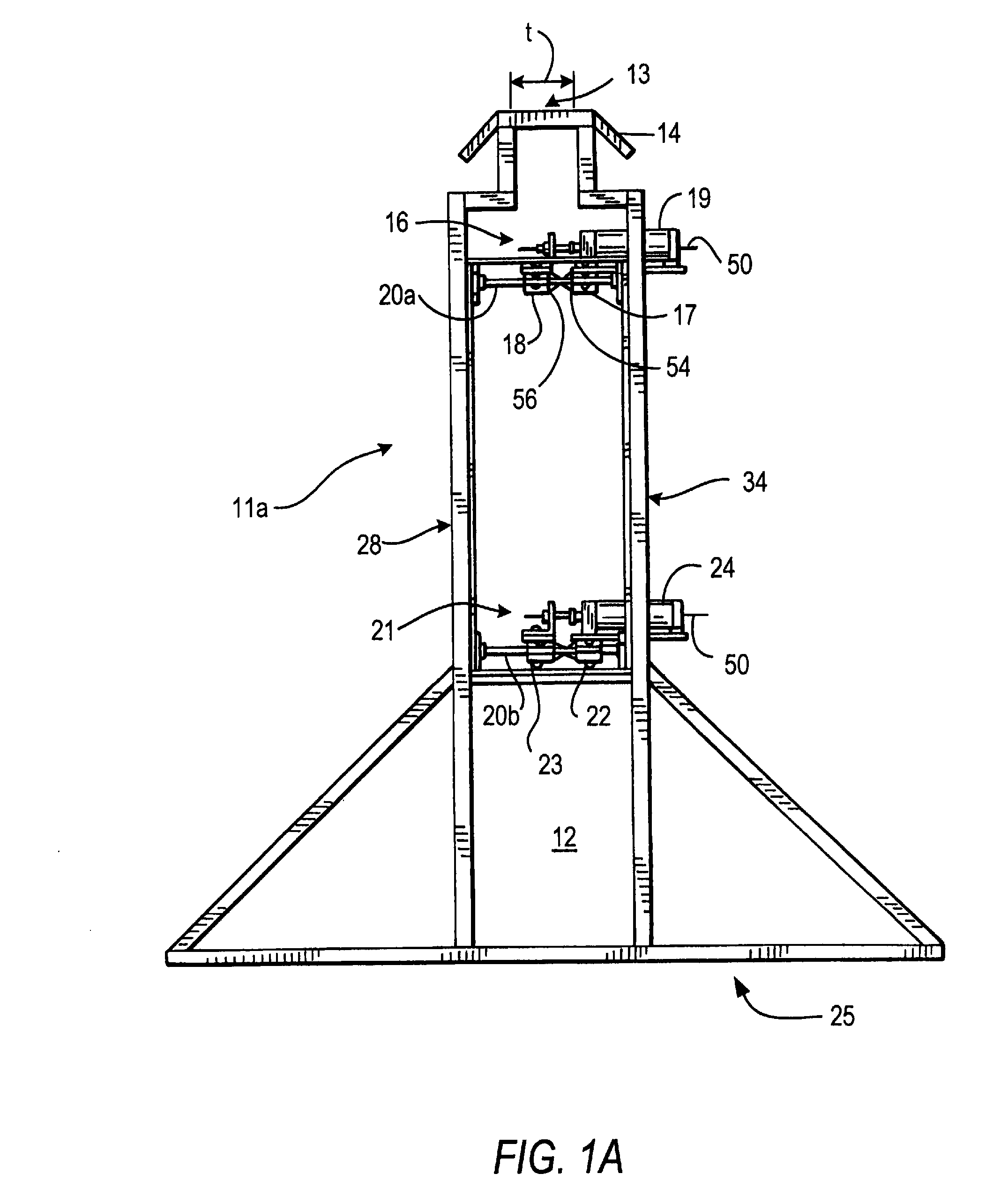Reusable Inversion Sleeve Assembly for Inversion of Cured in Place Liners
a sleeve assembly and sleeve assembly technology, which is applied in the direction of auxillary shaping apparatus, pipe elements, butter manufacture, etc., can solve the problems of near the pipe joint, and the deterioration of the pipe itsel
- Summary
- Abstract
- Description
- Claims
- Application Information
AI Technical Summary
Benefits of technology
Problems solved by technology
Method used
Image
Examples
Embodiment Construction
[0041] An improved method and apparatus for air inverting and steam curing a CIPP liner in compliance with ASTM F1216 Standard Practice for Rehabilitation of Existing Pipelines and Conduits by the Inversion and Curing of a Resin-Impregnated Tube is described. The method and apparatus described herein are well suited for the installation of medium diameter CIPP liners working from the surface through structures, such as manholes to rehabilitate existing buried pipelines and conduits.
[0042] An inverting apparatus 11 having a single rigid lower gland 21 constructed and arranged in accordance with the invention is shown in FIG. 1. In FIG. 1A, a similar apparatus 11a having an upper gland 16 and lowe gland 21 is shown. In view of the similarity of elements, the same reference numeral are used in FIGS. 1 and 1A to describe identical elements.
[0043] Apparatuses 11 and 11a are rigid frames dimensioned to be positioned over the inverting access to the conduit to be lined. Apparatuses 11 an...
PUM
| Property | Measurement | Unit |
|---|---|---|
| diameter | aaaaa | aaaaa |
| diameter | aaaaa | aaaaa |
| diameter | aaaaa | aaaaa |
Abstract
Description
Claims
Application Information
 Login to View More
Login to View More - R&D
- Intellectual Property
- Life Sciences
- Materials
- Tech Scout
- Unparalleled Data Quality
- Higher Quality Content
- 60% Fewer Hallucinations
Browse by: Latest US Patents, China's latest patents, Technical Efficacy Thesaurus, Application Domain, Technology Topic, Popular Technical Reports.
© 2025 PatSnap. All rights reserved.Legal|Privacy policy|Modern Slavery Act Transparency Statement|Sitemap|About US| Contact US: help@patsnap.com



